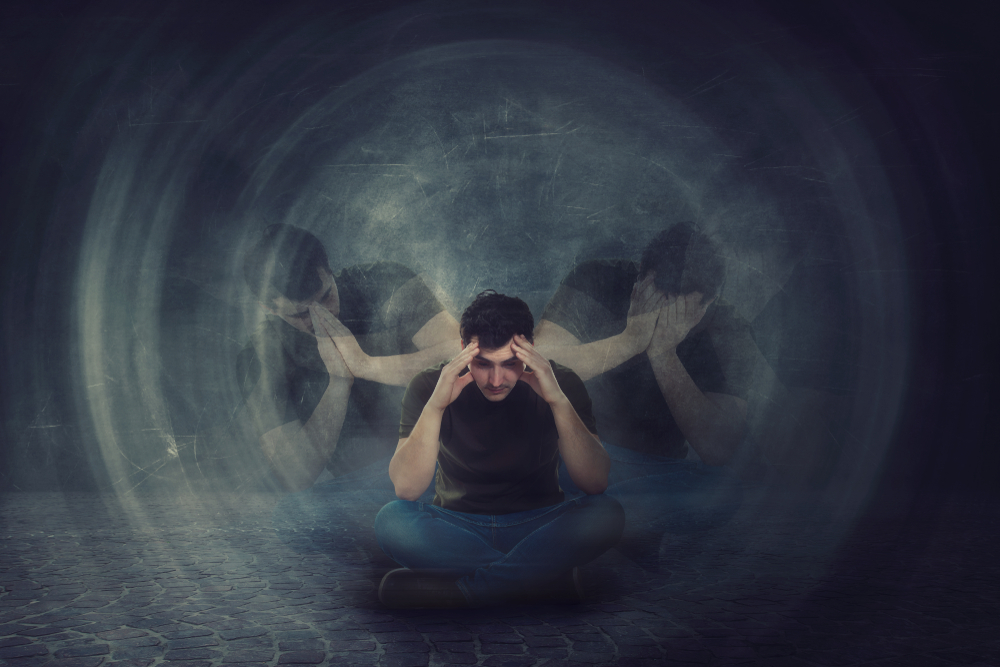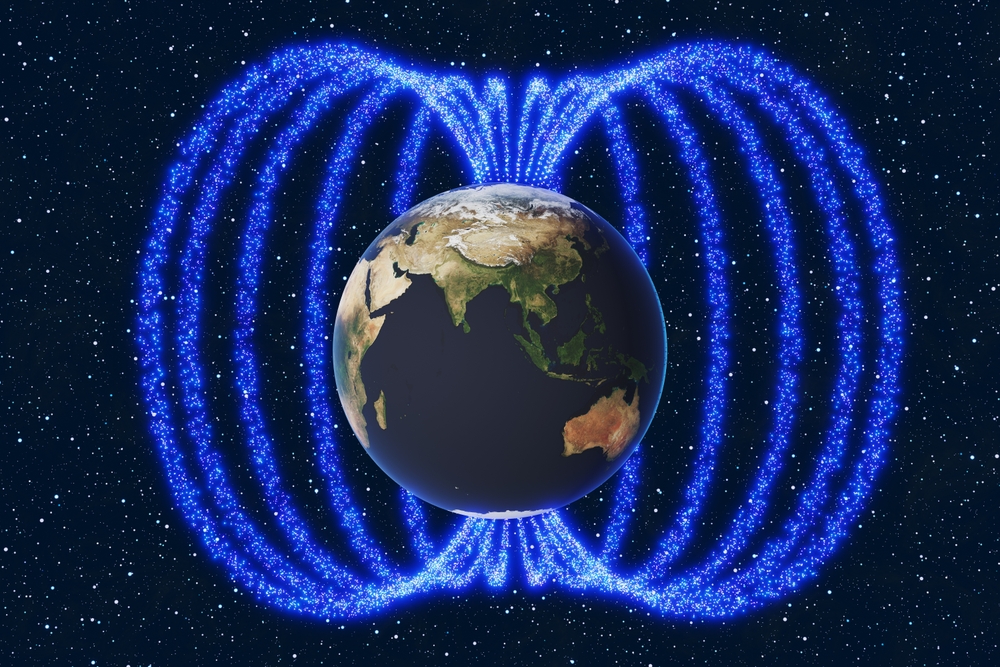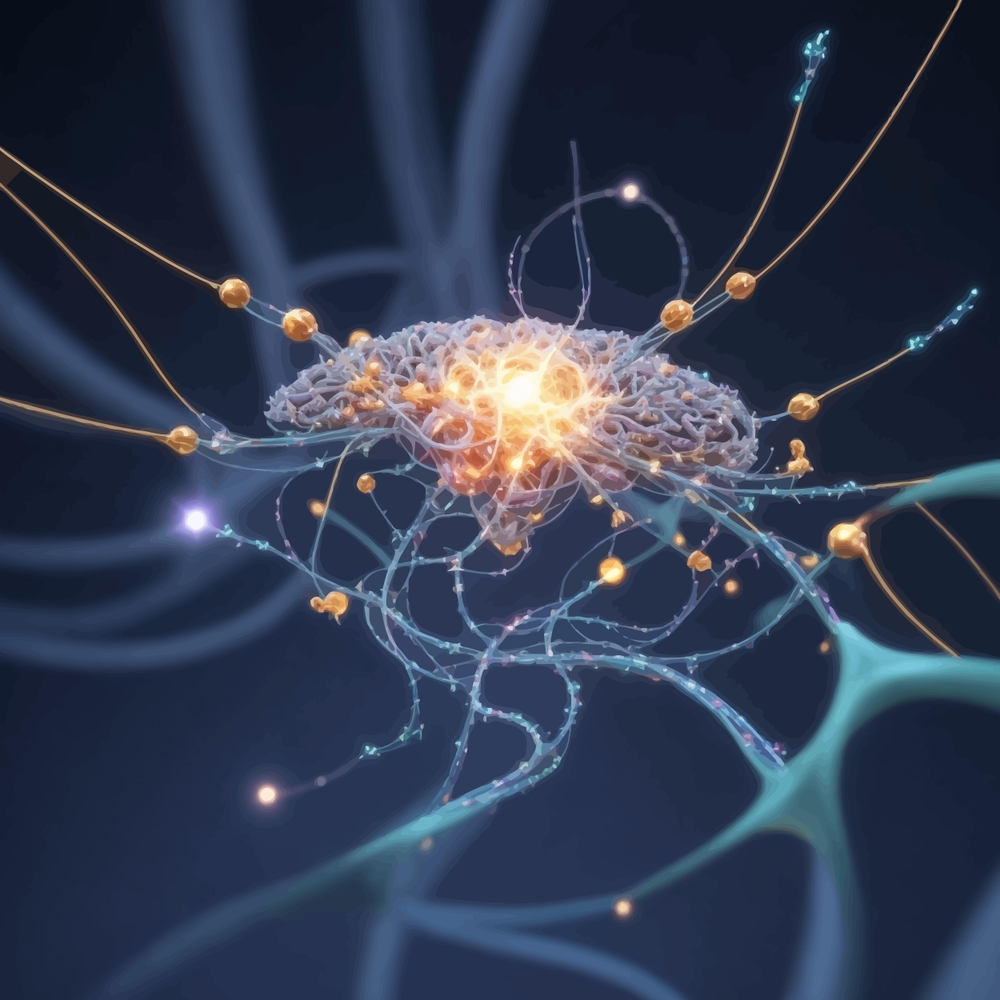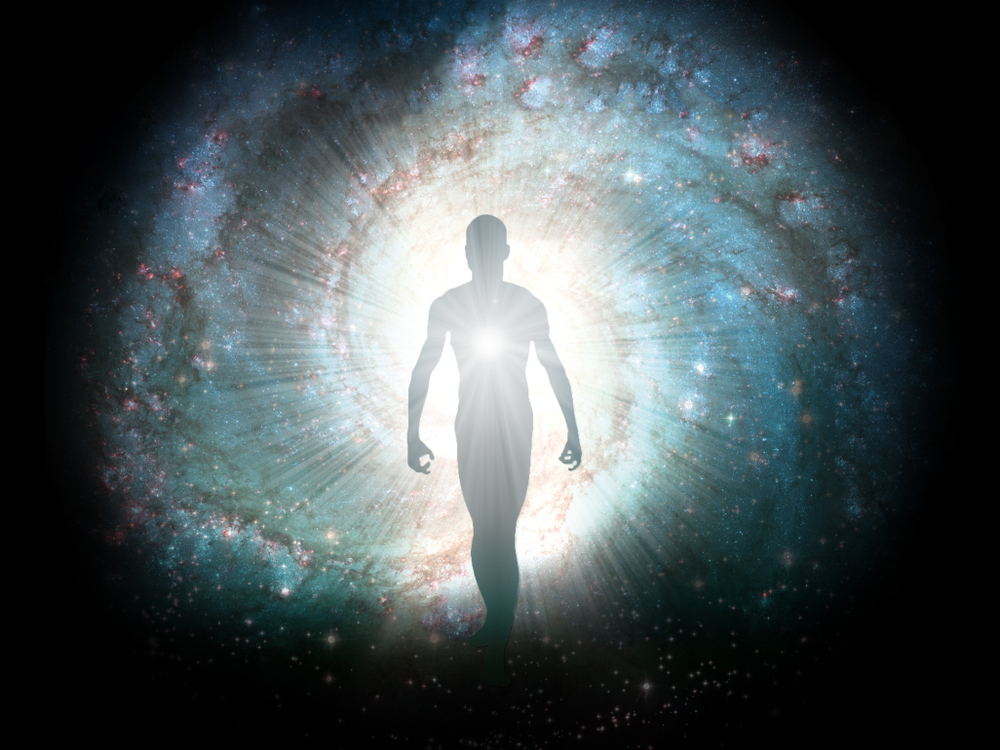New Research Proves That Humans Have a ‘Magnetic’ Sixth Sense

Every year, monarch butterflies cross entire continents without a map. Salmon return to the exact stream where they were born, guided by forces we can’t see. Even your dog, before it squats, subtly aligns itself along a north-south axis no compass required.
These creatures are tuning into something ancient, something constant: Earth’s magnetic field.
We’ve long assumed that humans lost this ability somewhere along the evolutionary road replaced by GPS, street signs, and glowing screens. But what if that quiet inner compass never left? What if it’s just been drowned out by the static of modern life?
Now, a wave of bold new research suggests we still carry this hidden sense. Not metaphorically, but biologically. Not as mysticism, but as measurable fact. And it’s beginning to wake up.
The Forgotten Frequency of Life
Long before humans built cities and satellites, life moved in rhythm with the planet. Birds migrate across continents, fish return to spawning grounds thousands of miles away, and even insects like monarch butterflies make generational journeys all guided by Earth’s magnetic field. This innate ability to detect and respond to that field is known as magnetoreception, and it’s found across the animal kingdom: in birds, bees, lobsters, frogs, and even mammals like mole rats and dogs.
What’s striking is how widespread and subtle this sense is. Cows often align north-south while grazing. Dogs tend to face magnetic north or south when relieving themselves. These behaviors aren’t conscious decisions; they’re guided by something deeper, something primal.
This field, generated by the molten iron spinning in Earth’s outer core, acts like a planetary GPS. It’s weak thousands of times weaker than an MRI but constant, surrounding and passing through us every moment of our lives. Most animals don’t just respond to it they depend on it for survival.
Your body has a hidden “sixth sense”
— Bend (@thebendapp) April 15, 2025
You use it every day, yet most people don’t even know they have it.
It’s how you can touch your nose with your eyes closed & walk without looking at your feet.
A thread on Proprioception (and how to improve it): 🧵 pic.twitter.com/HR7sWTc0qZ
So where does that leave us?
Humans, it turns out, are not necessarily an exception. Inside our bodies lie two key components that could enable magnetoreception: cryptochromes, light-sensitive proteins in the eyes that react to magnetic fields, and magnetite, an iron-based mineral found in our brain tissue. Both have been proven functional in other species. Both are present in us.
It raises a powerful possibility: that our magnetic sense hasn’t disappeared, but has simply gone quiet drowned out by the electromagnetic noise of modern civilization, or ignored in favor of tools we’ve grown to depend on.
The Experiments That Changed the Game

For years, the idea that humans might sense Earth’s magnetic field was lumped in with fringe theories and forgotten by mainstream science. But that began to change when Dr. Joe Kirschvink, a geophysicist at Caltech, set out to test the idea with unprecedented precision. His goal wasn’t to prove intuition or instinct it was to find evidence in the brain itself.
Deep underground, inside a magnetically shielded Faraday cage, Kirschvink placed human volunteers wearing EEG caps. By eliminating background electromagnetic interference—everything from cell signals to AM radio static his team could test whether controlled changes in magnetic fields would produce measurable brain activity.
When the artificial magnetic field was rotated counterclockwise, EEG readings showed a significant drop in alpha waves, the brain rhythms typically associated with relaxed wakefulness. This drop is widely interpreted as a sign that the brain is engaging, processing new input. The magnetic field was the only variable changing meaning the brain, somehow, was detecting it.
Even more telling: the response was directionally selective. Clockwise rotations did nothing, but counterclockwise shifts consistently produced a delayed neural reaction suggesting not just detection, but a polarity-sensitive mechanism, much like a biological compass.

The experiments were double-blinded, randomized, and repeated. When the same tests were replicated by researchers in Japan using similar equipment, they found comparable results. Early data from New Zealand hinted at the same effect. For the first time, human magnetoreception had crossed the threshold from speculation to measurable, reproducible science.
This wasn’t a matter of people “sensing” direction in the traditional sense. The participants didn’t report feeling anything unusual. But their brains responded. Quietly. Consistently. Almost as if a dormant system was still functioning just below consciousness a forgotten instrument responding to a signal we no longer know how to hear.
The Two Theories Behind Human Magnetoreception

Understanding how humans might sense Earth’s magnetic field takes us into the intersection of biology, physics, and even quantum mechanics. The research so far points to two leading and not mutually exclusive biological mechanisms: magnetite-based detection and the cryptochrome radical pair mechanism.
The first theory involves magnetite a naturally magnetic mineral made of iron oxide. It’s been found in the tissues of animals like trout, pigeons, and bees, and crucially, in human brain cells as well. These microscopic crystals, when aligned in chains, could act like biological compass needles, physically rotating in response to magnetic fields and triggering nearby neurons. In some species, these magnetite structures are concentrated near sensory nerves like the trigeminal nerve, located near the nose in mammals. If similar pathways exist in humans, it could explain how we physically detect changes in magnetic direction or intensity.
The second mechanism involves cryptochromes, light-sensitive proteins found in the retina. In birds, cryptochromes help detect magnetic fields by undergoing quantum-level changes when exposed to blue light. These changes create paired electrons known as radical pairs whose spin states are altered by magnetic forces. This quantum sensitivity could create a sort of visual overlay that helps animals “see” magnetic fields as patterns of light and dark, enabling orientation.
Remarkably, human eyes contain the same cryptochromes. In a groundbreaking study, researchers inserted the human version of the protein into genetically modified fruit flies. The result? The flies regained their ability to detect magnetic fields strong evidence that our cryptochromes remain biologically active.
What’s more, recent human experiments showed that magnetic orientation was only possible under specific lighting conditions particularly blue and UV-A light, which aligns with cryptochrome’s activation spectrum. This supports the idea that our magnetic sense, if present, may work best in natural light environments and may even be light-dependent in some individuals.
While magnetite and cryptochrome involve vastly different processes one mechanical, one quantum they may not be competing explanations. Birds, for instance, are believed to use both systems simultaneously: magnetite to measure intensity, and cryptochromes to detect direction. Humans, too, may rely on a hybrid mechanism that evolved long ago, but has since slipped below conscious awareness.
What’s Blocking the Signal? Civilization, Noise, and a Sense Gone Silent

If humans possess a magnetic sense, why don’t we feel it? Why aren’t we navigating forests or city streets the way birds cross oceans? The answer may lie not in our biology, but in the disruptive noise of the modern world.
Unlike the silent, steady hum of Earth’s magnetic field, the environments we live in are saturated with electromagnetic interference from smartphones and Wi-Fi routers to power lines and radio towers. In fact, earlier studies that failed to detect human magnetoreception might have been sabotaged by these very signals.
Dr. Joe Kirschvink’s breakthrough only came after placing participants inside a Faraday cage, shielding them from external EM noise. Once the interference was removed, the brain’s response to controlled magnetic fields became clear. This echoes findings from animal research: European robins, for example, lose their magnetic sense in cities flooded with low-frequency electromagnetic noise but regain it in shielded environments.
Beyond physical interference, there’s another factor at play cognitive overload. Our brains are constantly juggling notifications, schedules, screens, and noise. Primitive senses that once guided hunter-gatherers through forests may now be drowned out by digital distractions. The magnetic sense, if still present, operates below the threshold of conscious perception. Without the need to rely on it for survival, the brain may have simply tuned it out.
Environmental conditions also matter. One study found that blue light exposure was critical for magnetic orientation in humans suggesting that artificial lighting or indoor life may further dull this hidden sense. Even biological factors like blood glucose levels influenced sensitivity in test subjects, linking metabolic states to magnetoreceptive ability. Starved individuals, for example, showed stronger orientation under experimental conditions.
Reclaiming Our Connection to the Earth
The most profound takeaway from this research isn’t just that humans might have a magnetic sense—it’s what that possibility represents.
In a world increasingly driven by artificial systems, the discovery of a quiet biological compass inside us is a powerful reminder: we are not separate from nature we are threaded into it. Just as roots turn toward gravity and birds bank on invisible lines in the sky, something deep within us may still respond to the ancient pulse of the planet.
It’s easy to forget. Our lives revolve around concrete grids, digital navigation, fluorescent lights, and algorithmic feedback loops. We navigate by satellites and schedules, but rarely by instinct. Yet science now tells us that those instincts may not be lost only muted.
The implications go beyond neuroscience. If we truly possess a subconscious connection to the Earth’s magnetic field, then we’re not just walking on the planet we’re interacting with it at a sensory level. That subtle awareness could ground us, literally and figuratively, in a world that feels increasingly fragmented and fast.
Reclaiming that connection doesn’t require us to abandon modern life. But it does invite us to step away from noise more often. To be still. To return to the natural world and notice what happens not just around us, but within us.
This sixth sense, if confirmed and cultivated, could be more than just a scientific curiosity. It could become a symbol of something far greater: a return to harmony with the Earth not through technology, but through remembrance.
Loading...

